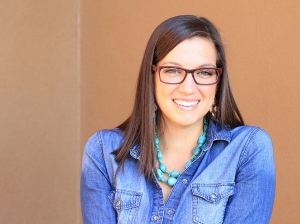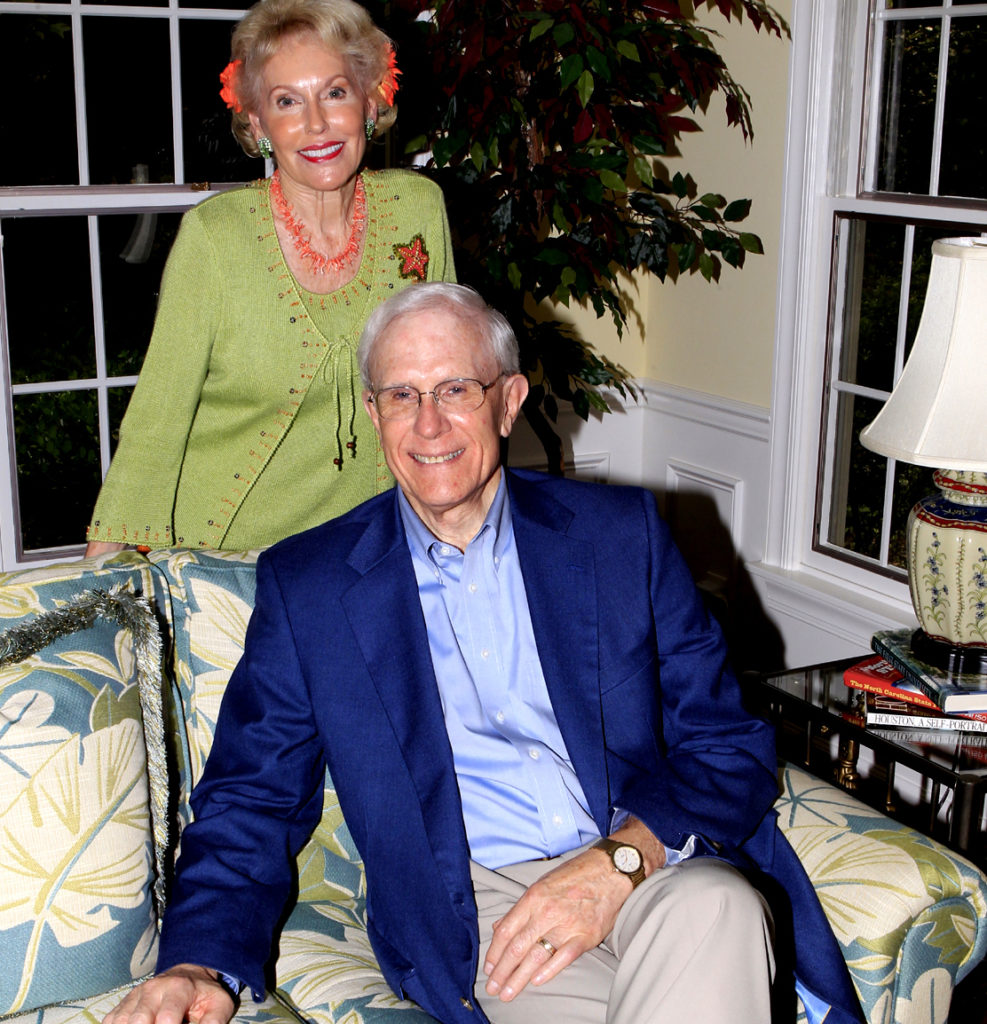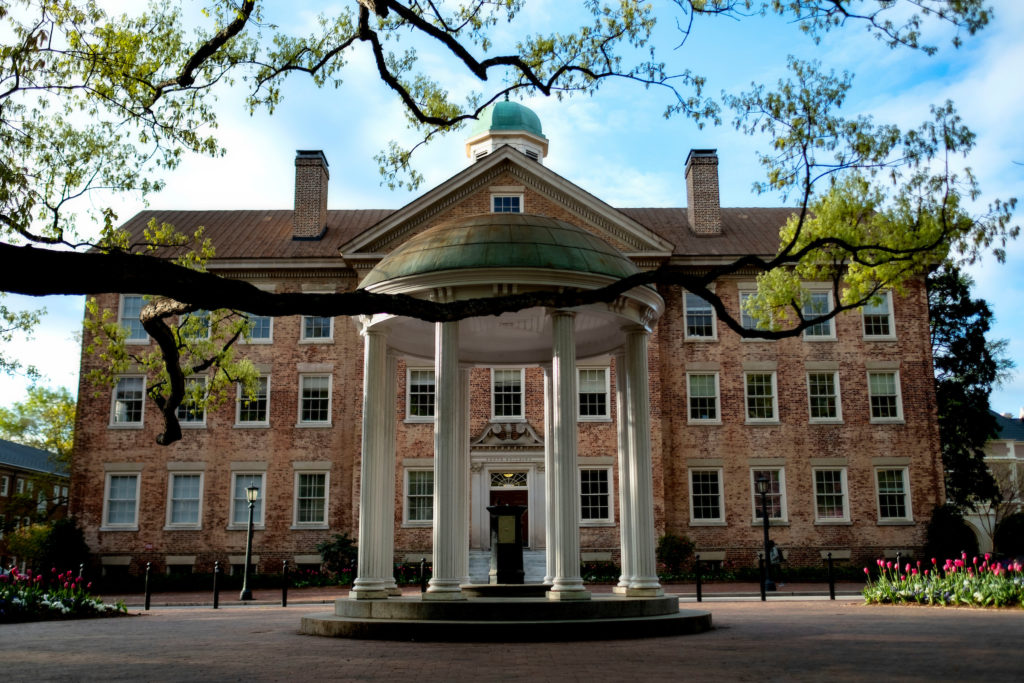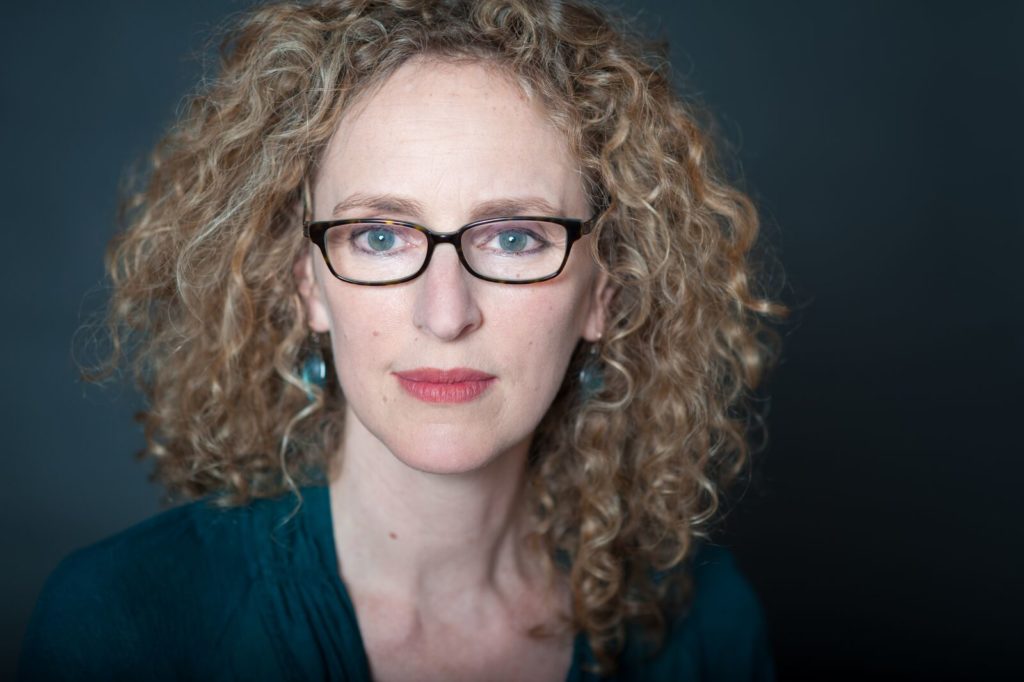On the 176th anniversary of its publication, experts on British literature and acting explain the enduring appeal of Charles Dickens’ “A Christmas Carol.”
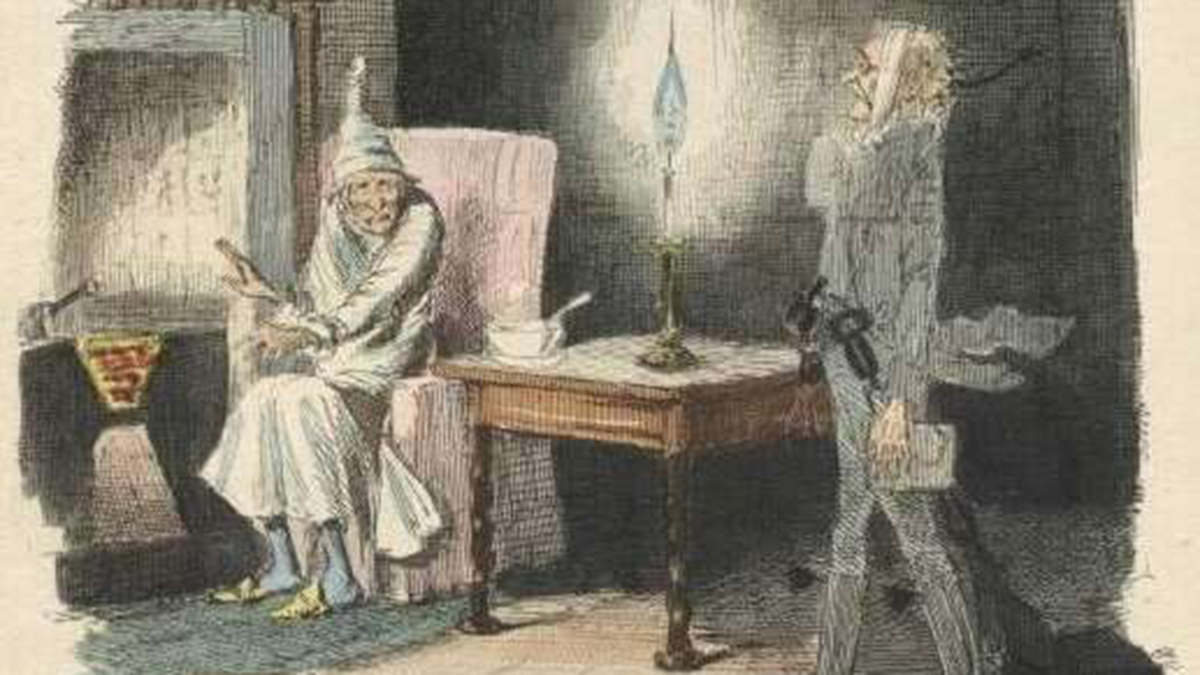
“Marley’s Ghost.” “Scrooged.” “The Man Who Invented Christmas.” Whether musicals, Muppets or miniseries, multiple adaptations of Charles Dickens’ classic Christmas tale abound.
The story of Ebenezer Scrooge, first published on Dec. 19, 1843, is a mainstay of the holiday season. But people know it best from movies and plays and can learn more by reading the original slim novella, “A Christmas Carol in Prose: Being a Ghost Story of Christmas.”
At least, that’s what Laurie Langbauer finds when she teaches The British Novel course at Carolina. Langbauer, a professor of English and comparative literature, gets students to cast fresh eyes on Dickens’ most famous work. She sees many reasons why “A Christmas Carol” is so malleable and has remained so appealing across decades.
“It’s persisted because it’s just such a good story by an excellent writer,” Langbauer said. “Dickens was trying to capture quintessential questions about human fellowship that we’re still concerned with now.”
Langbauer said that the novella’s lasting power and allure also come from how Dickens wrote, not only brilliantly, but also as a cultural filter. Indeed, the cold-hearted Scrooge could just as easily be a 21st century business tycoon as a 19th-century miser, and Bob Cratchit’s working-class struggle continues to resonate.
“He caught what were not just particular economic and societal questions during the ‘hungry ’40s’ that persisted during the Victorian era and even now as the Industrial Revolution passes into the Information Age,” she said.
“A Christmas Carol” also lives on because it’s a ghost story in the tradition of British tales dating to medieval times. In trying to revive that tradition, Dickens was keenly aware that he was writing a modern fairy tale, according to Langbauer.
“He caught that almost crystalline structure of the fairy tale that makes it easy to grasp but infinitely malleable and important for what it captures about psychology as well as culture,” she said.
The story’s simple structure is key, according to Ray Dooley, a professor of acting and member of Carolina’s PlayMakers Repertory Company. Dooley has twice performed a one-man version of “A Christmas Carol” and played roles in larger productions, so he knows the story by heart. He compares the plot’s architecture to that of a house built on a strong foundation.
“You can paint the house any color you want, but the house is always going to be there,” he said. “You can do most anything with it, and the foundation will support you, and result in some delightful alternatives.”
Case in point: one of Dooley’s favorite adaptations is the 1962 animated Mr. Magoo version.
Dickens’ writing, while elegant, also imbues the characters with nuances and mannerisms that give actors license to interpret.
“Having put 90 minutes or more of it into my mind and mouth on two occasions, I can say that the writing itself is elegant,” Dooley said. “The sentences are beautifully balanced, the paragraphs flow with great coherence. There’s specificity and individual things about the characters like ‘Bah! Humbug!’ or Fred’s ‘Oh, come now, Uncle’ or Bob Cratchit’s ‘Oh, my dears.’ Those let you know who’s speaking.”
Audiences also respond to the transformation of Scrooge, whom Langbauer describes as an atypical villain, but she also sees a more important theme that resonates with people.
“It’s that Scrooge lives in a world in which redemption is still possible,” she said. “We know that things will work out from the beginning with a narrator who’s genial, really avuncular, a kind of expansive narrator who makes jokes and has a worldview that tells us this is a world in which people are sometimes not kind, but kindness is still the most important thing. People want to continue to believe that they live in that kind of world, especially during the dark days each year.
“’A Christmas Carol’ is resolutely ─ though not completely ─ secular,” Langbauer said. “It’s associated with this time of year when we want to believe that the world is good and that people will treat each other well.”
That seemingly universal appeal is personal for Dooley.
“I’m certainly better for having spent so much time with the story,” he said. “Anybody who comes in contact with it leaves feeling a little better and a little more resolved to keep Christmas all the year, as Scrooge says near the end.”
Hear and read related stories:
- Carolina Playmakers founder “Proff” Frederick Koch gave dramatic readings of “A Christmas Carol” hundreds of times from 1921 to 1943, including 39 on campus. Learn how his performances began and hear a bit from what may be the 1943 reading.
- This video look at Ray Dooley’s career ends with him on stage in ‘A Christmas Carol.’‘

